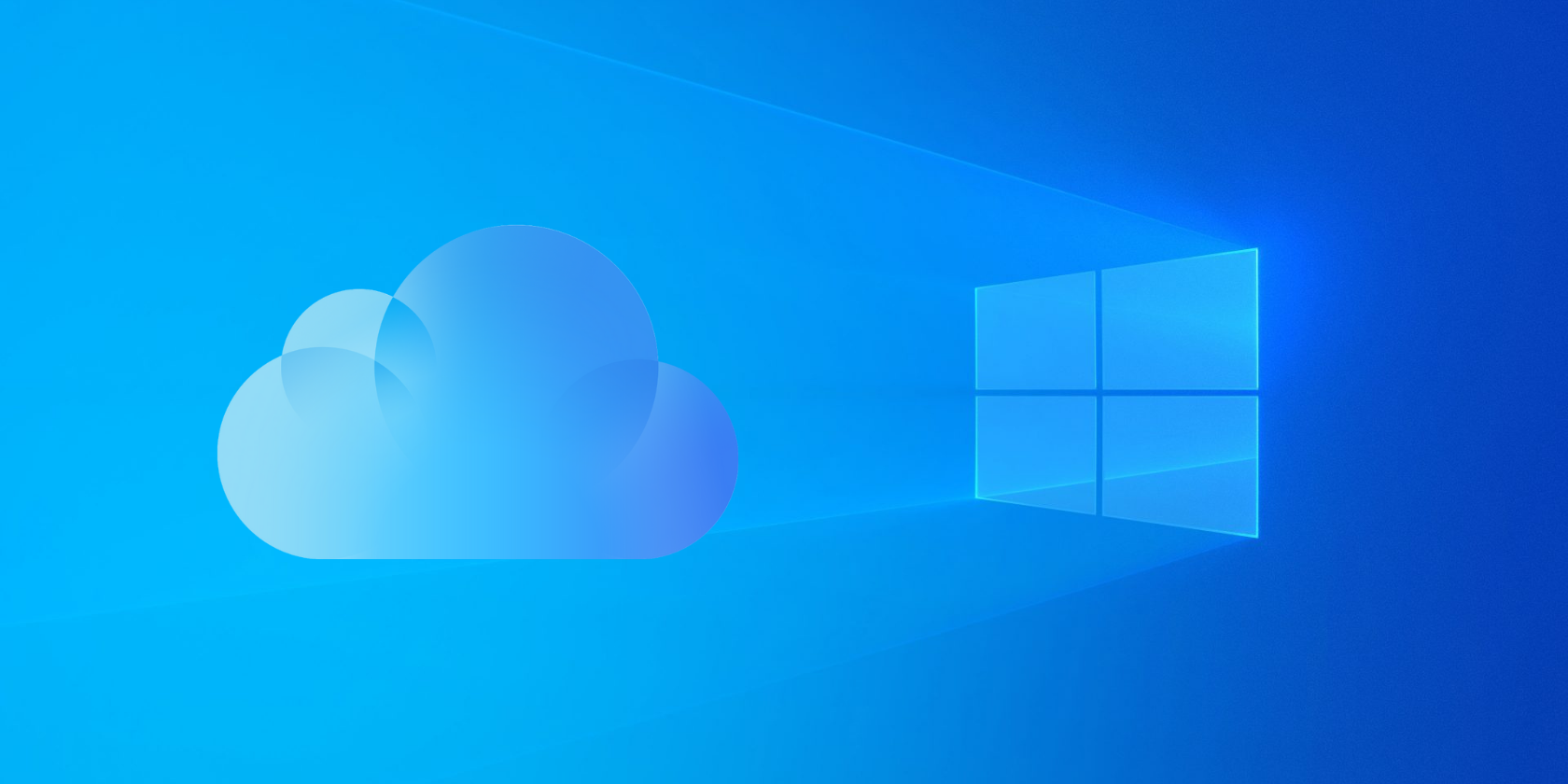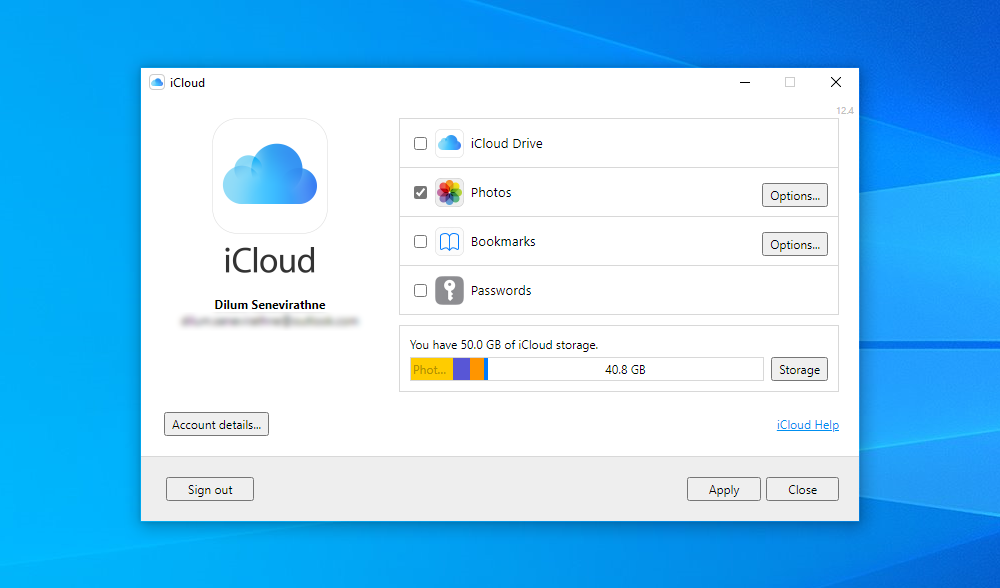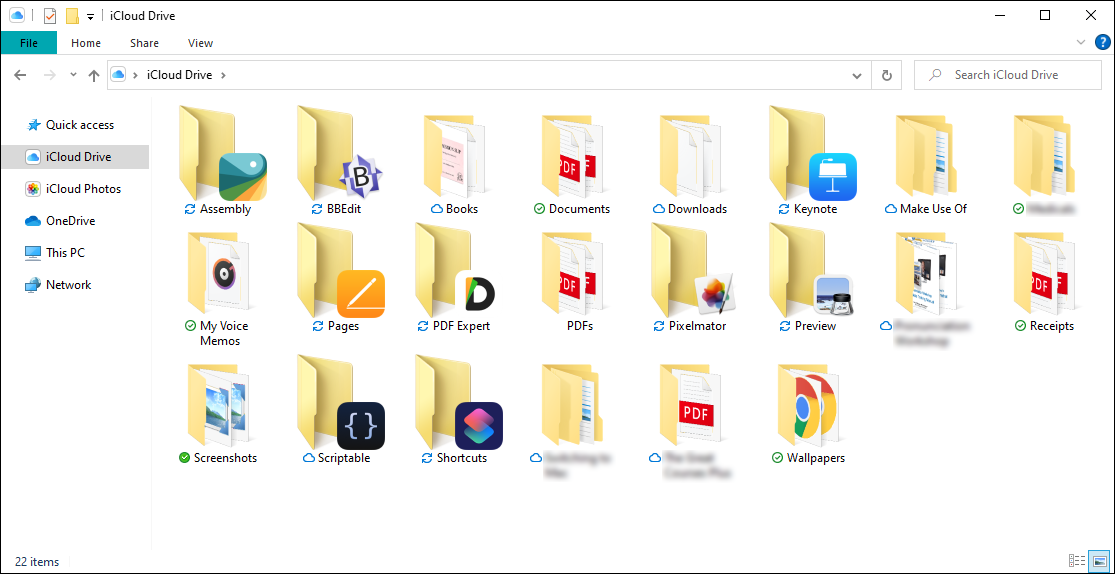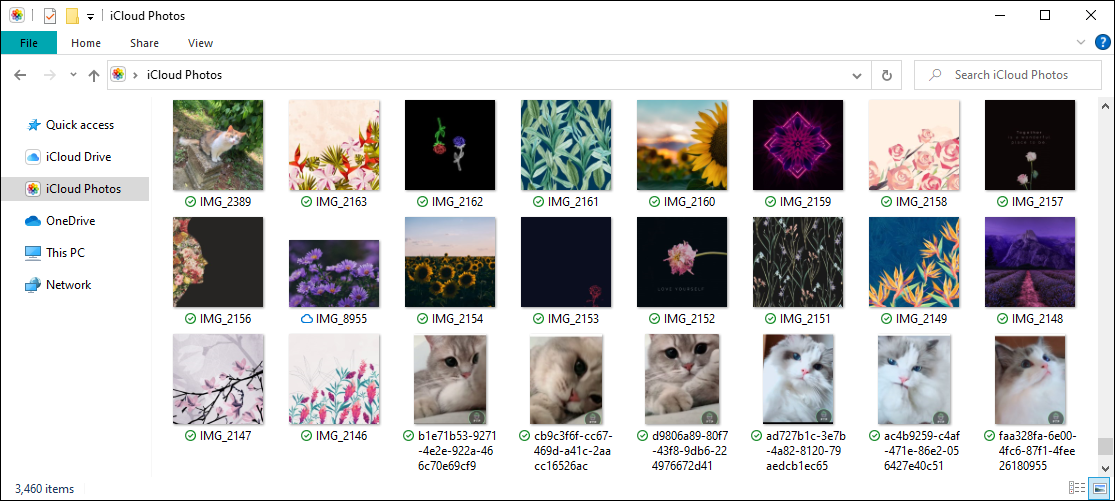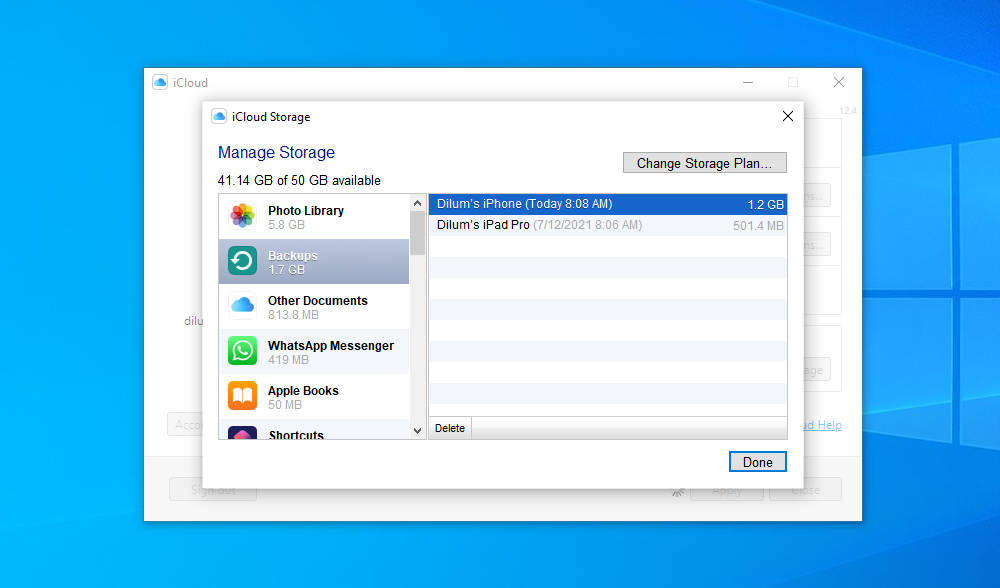If you sync photos and back up files to iCloud, you don't have to restrict yourself to using Apple's cloud storage service on an iPhone or Mac. With iCloud for Windows, you can seamlessly work with services such as iCloud Photos and Drive on a Windows PC, and even sync stuff such as your mail, contacts, and bookmarks.
Let's check out what you must do to download, set up, and use iCloud for Windows on the PC.
How to Download and Install iCloud for Windows
iCloud for Windows is available as a free download from the Apple website. If you want to skip using a traditional installer, you can opt for the Microsoft Store version since it's faster to install and easier to update.
After installing iCloud for Windows, sign in with your Apple ID or iCloud credentials. If you've set up two-factor authentication, tap Allow on any of your Apple devices and enter the six-digit code you see into your PC.
The iCloud app should then open automatically. You must use it to manage your iCloud services. If you close it, you can bring it up by selecting the iCloud shortcut on the system tray or the Start menu.
You'll see the following options within iCloud for Windows:
- iCloud Drive: Syncs files and documents in iCloud Drive.
- Photos: Syncs photos, videos, and shared albums in iCloud Photos with your PC.
- Mail, Contacts, and Calendars: Syncs mail, contacts, and calendars. You won't see this option if you don't have Microsoft Outlook installed on your PC.
- Bookmarks: Syncs bookmarks with Google Chrome and Mozilla Firefox.
- Passwords: Inserts passwords stored on iCloud Keychain into Google Chrome.
Additionally, you should see a storage indicator displaying the status of your iCloud storage, along with an option to manage it.
How to Sync Files With iCloud Drive on Windows
iCloud for Windows allows you to sync files stored on iCloud Drive with your PC. Just check the box next to the iCloud Drive option on the iCloud app and select Apply to activate Apple's cloud-storage service on Windows.
To access iCloud Drive, select the iCloud icon within the system tray and pick the Open iCloud Drive option. Or, open File Explorer and select iCloud Drive on the sidebar.
You should now see the files that you've already stored in iCloud Drive. You can move items around or delete them, and any items that you paste into the directory should copy over to your Apple devices.
iCloud Drive also supports Files On-Demand functionality, which helps conserve disk space by downloading files only when you access them. You can choose to download an item manually or offload it from local storage by right-clicking and selecting the Always keep on this device or Free up space options.
It's also possible to share iCloud Drive files and folders with others. Just right-click an item, select Share with iCloud Drive, and specify the contacts and permissions.
How to Sync Photos With iCloud Photos on Windows
iCloud Photos serves two purposes. First, it syncs photos from an iPhone or Mac between devices. And second, it works as a vital backup function. With iCloud for Windows, you can bring this functionality to your PC.
Start by checking the box next to Photos next to the iCloud app. You can also select the Options button and activate Shared Albums as well. Finally, select Apply to start activating iCloud Photos. The iCloud app should begin downloading photos to your PC immediately.
You can access and view your photos library in iCloud Photos by selecting iCloud > Open iCloud Photos on the system tray. Or, open File Explorer and select iCloud Photos on the sidebar. Any photos you paste to that folder should upload to iCloud Drive and sync over to Apple devices such as your iPhone or Mac.
How to Sync iCloud Mail, Contacts, and Calendars on Windows
If you have Microsoft Outlook installed on your Windows machine, you can choose to sync your mail, contacts, and calendars from iCloud with your PC.
Start by checking the box next to Mail, Contacts, and Calendars in the iCloud app. Then, select iCloud in the folder pane on the Outlook sidebar to access your mail, contacts, and calendars stored in iCloud.
How to Auto-Fill iCloud Keychain Passwords on Windows
If you use Google Chrome as your go-to browser on Windows, you can use iCloud for Windows to auto-fill passwords that you've stored in iCloud Keychain. On the iCloud app, check the box next to Passwords and select Apply. Follow that by installing the iCloud Passwords extension in Chrome.
Whenever you access a login portal containing passwords stored in iCloud Keychain, the iCloud Passwords icon next to Chrome's address bar should turn blue. Select it to fill them into the form.
You can also store new passwords in iCloud Keychain, but you won't be able to save or sync anything to Chrome's built-in password manager.
How to Sync iCloud Bookmarks on Windows
Passwords aside, iCloud for Windows also lets you sync bookmarks that you've created in Safari with Chrome and Firefox, and vice-versa.
Just enable the Bookmarks option within the iCloud app and follow by installing the iCloud Bookmarks extension from the Chrome Web Store or the Firefox Add-ons Store.
How to Manage iCloud Storage on Windows
The iCloud for Windows app displays the amount of used and remaining storage visually. If it seems as if you're close to running out of storage, select the Storage button next to the indicator to bring up a list of data types that occupy storage in iCloud. You can then choose to delete obsolete iPhone backups or app-related data you no longer use.
Don't Forget to Keep iCloud Up-to-Date
As you just saw, you can easily take advantage of multiple iCloud services on your Windows PC. However, the latest versions of iCloud for Windows also come with numerous bug fixes, performance enhancements, and feature additions. So, it's a good idea to keep the app up-to-date.
If you downloaded and installed iCloud for Windows off the Apple website, use the Apple Software Update utility (which you can access via the Start menu) to apply pending updates. If you use the Microsoft Store version, it should update automatically. But if you've disabled automatic Microsoft Store updates, you must update iCloud for Windows manually.

